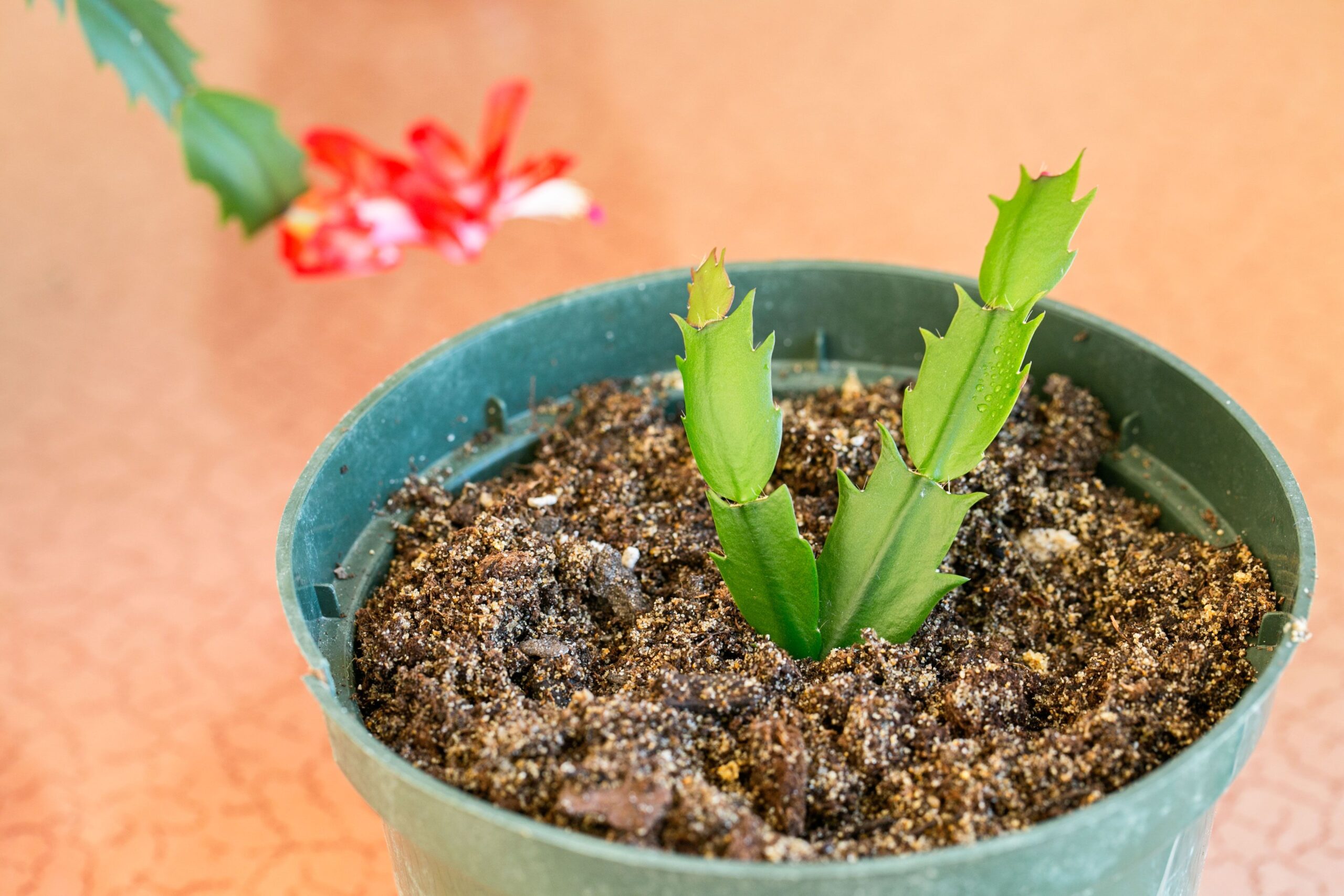The Christmas cactus, known scientifically as Schlumbergera, is a mesmerizing plant renowned for its vibrant blooms during the winter months. Propagating this delightful succulent from cuttings is not only a rewarding experience but also an opportunity to multiply your collection or share with friends and family. This guide aims to provide you with comprehensive instructions on how to successfully reproduce your Christmas cactus through cuttings, ensuring that you cultivate healthy and flourishing plants.
Understanding the Anatomy of the Christmas Cactus
Before embarking on your propagation journey, it’s important to familiarize yourself with the Christmas cactus’s anatomy. Unlike typical cacti, this plant belongs to the epiphytic category; it naturally grows on trees in the wild, absorbing moisture from the air rather than soil. The flat, segmented stems are where the magic happens. Each segment, or “zig-zag” leaf, is capable of producing roots and eventually new growth. This unique structure makes the Christmas cactus an ideal candidate for propagation through stem cuttings.
When selecting a cutting, look for a healthy segment that has at least two or more “joints.” New growth, often found at the tip of the segments, recommends itself well for propagation, as it’s more likely to root successfully. Having a keen eye for healthy segments is crucial for your success in rooting the cuttings.
Preparation of the Cutting
Once you have identified an appropriate segment for propagation, the next step is to prepare the cutting. Using a clean, sharp knife or pruners, gently sever the stem from the parent plant. Aim for a segment that is about three to four inches long. After cutting, allow the cutting to callous for at least 24 hours. This step is vital, as it helps prevent rot when the cutting is placed in the soil.
During the callousing process, place the cuttings in a dry, warm area away from direct sunlight. Optimal conditions will facilitate a successful rooting process. Avoid placing them in a damp environment, as excessive moisture can lead to fungal infections, jeopardizing your cutting’s chances of survival.
Choosing the Right Medium
The success of propagating your Christmas cactus also hinges on the medium in which the cuttings are placed. A well-draining potting mix is ideal for supporting the delicate roots that will develop. Consider using a combination of potting soil, perlite, and orchid bark. This mixture will provide aeration while retaining enough moisture for the cutting to thrive.
Fill a small pot or container with the chosen medium, ensuring that it has sufficient drainage holes. Moisten the soil lightly before inserting the cutting, as this encourages root formation without soaking the medium.
Rooting the Cutting
With the cutting prepared and the medium in place, it’s time to plant your segment. Gently insert the cut end of the cutting into the soil mixture, burying it about one inch deep. Take care not to push the cutting too deep, as the segment needs access to air to thrive.
After planting, it’s essential to create a humid environment around the cutting. This mimics the Christmas cactus’s natural habitat and promotes root growth. You can achieve this by covering the pot with a plastic bag or placing it in a propagator to maintain humidity. However, ensure that the covering does not touch the cutting itself, as this could lead to rot.
Finding the Right Environment
The localized climate will significantly impact the rooting process. Place your pot in a warm, bright location, but shield it from intense, direct sunlight. A spot that receives indirect light is ideal, as it helps the cutting thrive without scorching it. The temperature should ideally range between 70°F and 80°F (21°C to 27°C) for optimum growth. Maintaining consistent humidity and temperature increases the chances of successful rooting.
Patience is Key
Rooting can take anywhere from two to eight weeks. During this period, monitor the soil moisture, ensuring it is slightly moist but never soggy. Excess water can quickly lead to fungal issues, while too little can hinder root development. As the weeks pass, check for signs of growth, such as new segments or leaves developing from the cutting, signaling that rooting has occurred.
Transplanting and Care for Your New Christmas Cactus
Once the cutting has established a healthy root system, usually indicated by new growth, it’s time to transplant it into a slightly larger pot. Use the same well-draining potting mix to create a conducive environment for further growth. After transplanting, place the plant in a similar light and temperature condition as before.
Care for your new Christmas cactus includes ensuring it receives plenty of indirect sunlight, monitoring water levels, and providing occasional feedings with a balanced, diluted fertilizer during the growing season. Pruning may also be necessary to maintain shape and encourage bushy growth!
In conclusion, propagating Christmas cactus from cuttings is an enriching endeavor that will bring you delightful blooms in the future. Following this simple guide with attention and care will lead to a flourishing plant that can be enjoyed for years to come. Embrace the process, stay patient, and relish the joy of nurturing life from a simple cutting. Each new plant reflects the love and dedication you have put into the art of propagation.





Leave a Comment